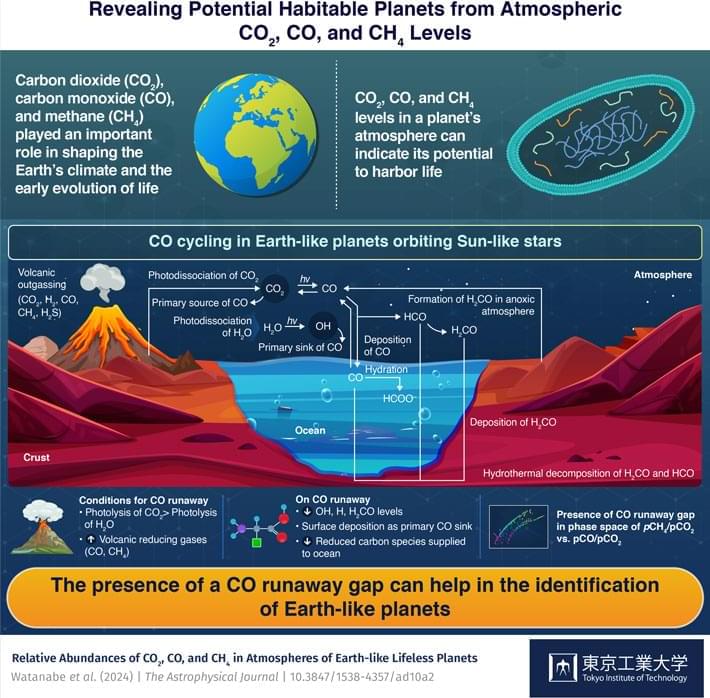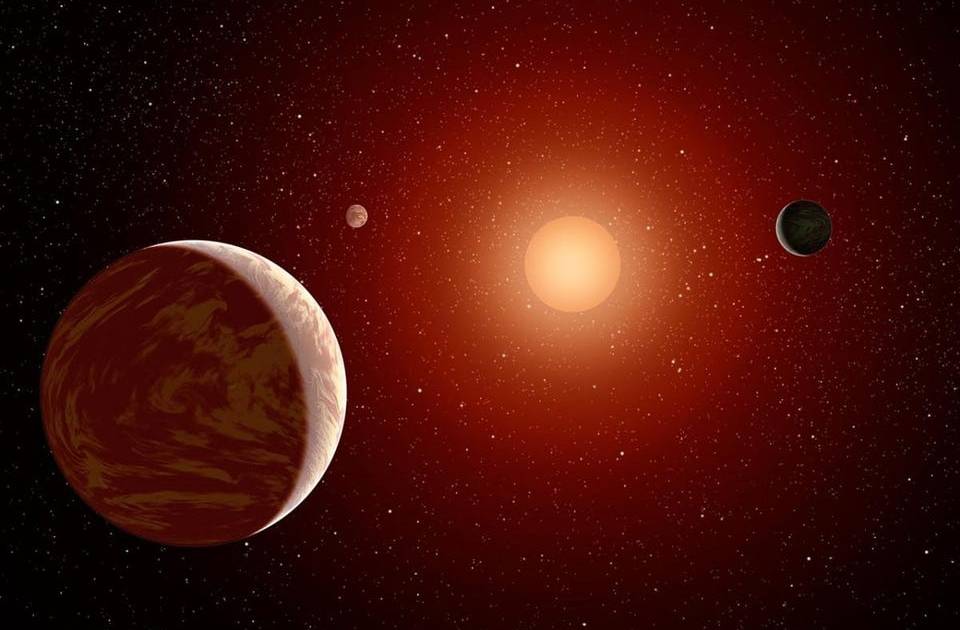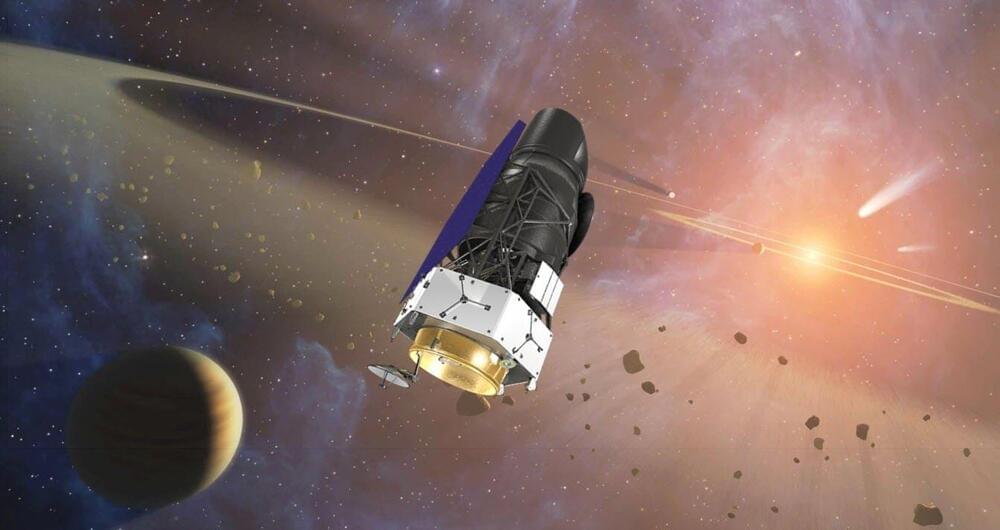The great mystery of where all the aliens are in our vast Universe contemplates ancient interstellar civilizations building enormous megastructures that rival worlds or even stars in the immensity… and asks why we can’t see these giant alien artifacts.
David Brin on Event Horizon with John Michael Godier: • A.I. Wars, The Fermi Paradox and Grea…
This Week in Space with Rod Pyle: • Alien Megastructures — Isaac Arthur a…
Sign up for a Curiosity Stream subscription and also get a free Nebula subscription (the streaming platform built by creators) here: https://curiositystream.com/isaacarthur.
Visit our Website: http://www.isaacarthur.net.
Join Nebula: https://go.nebula.tv/isaacarthur.
Support us on Patreon: / isaacarthur.
Support us on Subscribestar: https://www.subscribestar.com/isaac-a…
Facebook Group: / 1583992725237264
Reddit: / isaacarthur.
Twitter: / isaac_a_arthur on Twitter and RT our future content.
SFIA Discord Server: / discord.
Listen or Download the audio of this episode from Soundcloud: Episode’s Audio-only version: / the-fermi-paradox-absent-megastructures.
Episode’s Narration-only version: / the-fermi-paradox-absent-megastructures-na…
Credits:
The Fermi Paradox: Absent Megastructures.
Science \& Futurism with Isaac Arthur.
Episode 352, July 21, 2022
Written, Produced \& Narrated by Isaac Arthur.
Editors:





